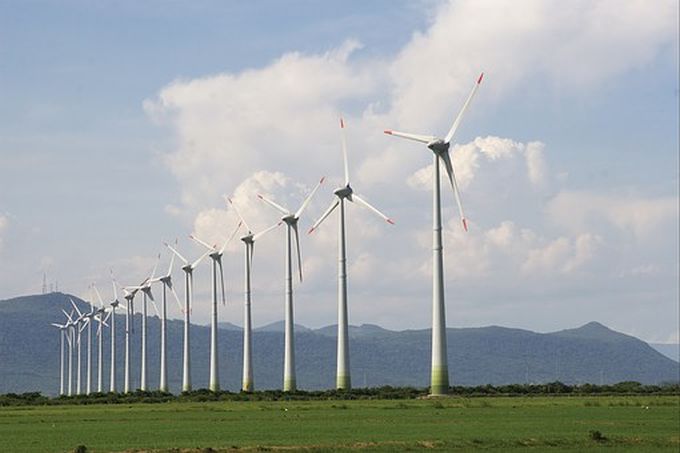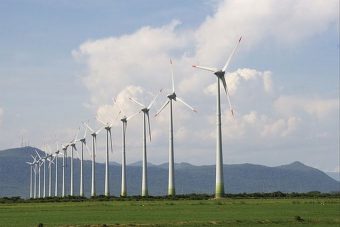
Walmart has unveiled plans to further expand its use of solar panels, wind farms and electric vehicle charge points as it reported progress in slashing greenhouse gas emissions across its global supply chain last year.
The US retailer yesterday revealed it has worked with hundreds of global suppliers to achieve an overall cut in emissions of 20 million metric tonne during the first year of its Project Gigaton initiative.
Launched last April, the programme is aimed at cutting Walmart’s global supply chain greenhouse gases by one billion metric tonnes – or one gigaton – by 2030, and was recently been expanded to include suppliers in the UK and China.
It means there are now more than 400 suppliers with operations in more than 30 countries involved in Project Gigaton, through which companies supplying Walmart commit to emissions reductions across six areas: energy, agriculture, waste, packaging, deforestation and product use.
Kathleen McLaughlin, senior vice president and chief sustainability officer for Walmart, announced the latest Project Gigaton results at the firm’s annual sustainability summit yesterday, at which she also unveiled plans to expand Walmart’s use of solar, wind and EV charge points.
“In its first year, Project Gigaton has helped to inspire action that has led to the avoidance of millions of metric tons of greenhouse gas emissions and has expanded into an international campaign that includes the participation of several hundred suppliers,” she said. “The early success of Project Gigaton parallels ongoing progress in our operational efforts that seek to double our US renewable energy use and expand our customer electric vehicle charging hubs to retail outlets across more than 30 states.”
Walmart said it plans to more than double its EV charging station sites with the addition of several hundred charging stalls across its operations in 34 US states, bringing the retail giant’s total number of charging units to more than 1,000.
Several of the new charging stations will also feature super-fast chargers, it said, allowing drivers to charge up their EVs in between 10 and 30 minutes.
The retailer said it also plans to more than double the amount of renewable energy it uses in the US, focusing on expanding its on-site solar energy installations as well as purchasing more renewable power from wind farms through Power Purchase Agreements (PPAs).
It forms part of Walmart’s aim to supply its global operations with 50 per cent renewable energy by 2025. In the US, the retailer currently sources around 28 per cent of its power from renewables.
Source: businessgreen.com
































